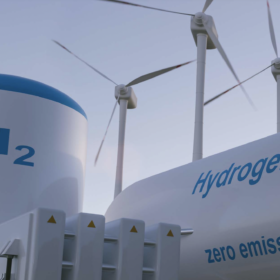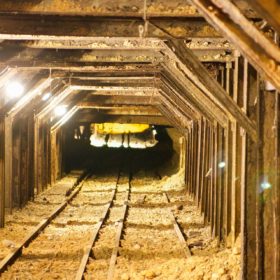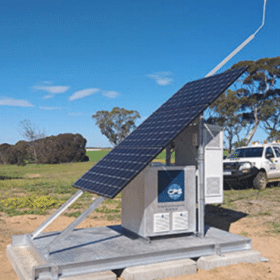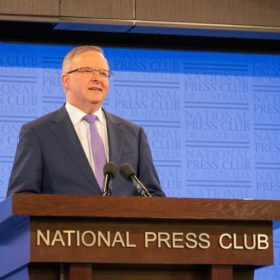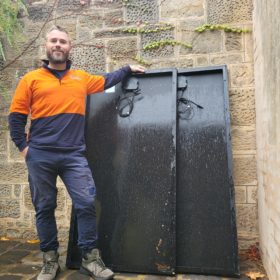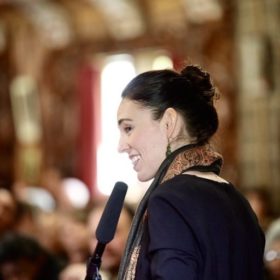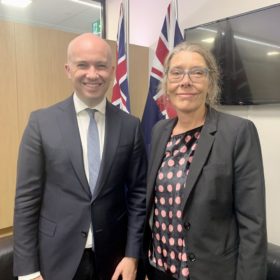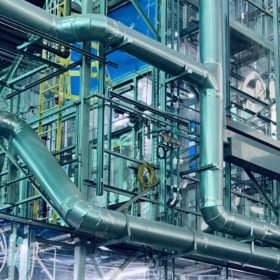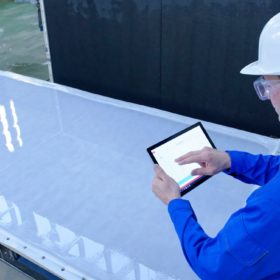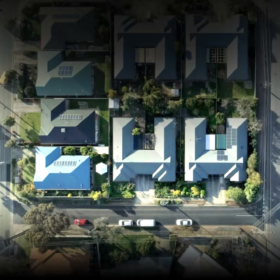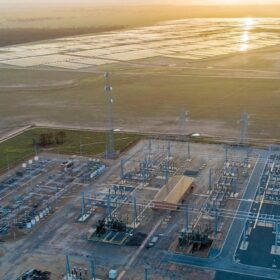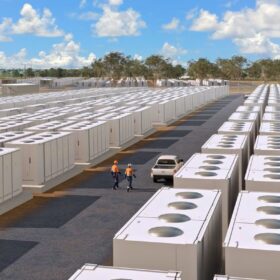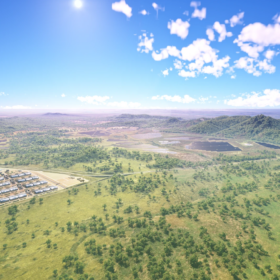Green hydrogen megaproject in SA discontinued
Kallis Energy Investments has confirmed it will shelve its proposal to build a 6 GW renewable hydrogen project in Moolawatana, South Australia, due to water supply issues.
Mine shaft gravity storage startup completes capital raise as it preps for demonstration
Green Gravity, a startup proposing to use old mine shafts for gravitational energy storage, has raised $1.4 million in its first formal capital raise. The company, headed up by former BHP executive Mark Swinnerton, is now finalising its concept engineering in preparation for its demonstration plant. “I think we’re going to get the ‘and’ here,” Swinnerton told pv magazine Australia, referring to the technology’s potential to provide low cost firming (and more) by using yesterday’s infrastructure to solve today’s problem.
Standalone power system to be allowed in the NEM from August
The Australian Energy Regulator has begun consultations to allow distributor-led standalone power systems (SAPS) to become part of the national electricity system. Proving highly successful in Western Australia, these SAPS could soon be properly rolled out in the east.
Labor already under fire over imminent fossil fuel projects
It’s been just over 24 hours since Anthony Albanese was sworn in as the new prime minister of Australia and already his government is coming under heat for its longstanding refusal to block the 114 coal and gas projects under development in Australia, especially the recently approved Scarborough and Beetaloo projects. With a number of seats still in doubt, Labor may need to up its ambition with the ‘Greenslide’ election on Saturday leaving little doubt about Australian’s desire for climate action.
Sungrow’s new battery to be deployed in 16 mid-scale Victorian solar farms from Lavo
Chinese inverter brand Sungrow has signed a 79 MW inverter and 176 MWh battery energy storage contract with Sydney-based hydrogen battery company Lavo. The contract will see Sungrow add its storage solution to 16 mid-scale solar farms in Victoria.
One third of disused solar panels found fit for reuse as recycling partnership strengths circular push
Reclaim PV Recycling and the Circular PV Alliance (CPVA) have announced a partnership which will see the pair work together to develop standards and testing procedures to support the reuse and resale of solar panels in Australia. The union comes after Reclaim PV found more than 31% it collected in a Queensland region could be considered for reuse rather than recycling.
New Zealand unveils multibillion-dollar climate plan, comes under attack for ‘staggering’ omission
New Zealand’s government this week unveiled its plan to cut emissions and fund the clean energy transition, featuring policies like a ‘scrap and replace’ scheme to incentivise electric vehicles and funding for electrifying industry. The NZ$2.9 billion (AU$2.6 billion) plan has received mixed reviews, with Greenpeace saying it has overlooked the country’s most glaring problem.
NSW links with Denmark as states rush to make European hydrogen partnerships
With Australia’s presence felt strongly at the World Hydrogen Summit in Rotterdam last week, state governments are working to secure European markets through partnership agreements. Yesterday, New South Wales signed an initial agreement with Denmark which will see the distant pair support one another on matters of decarbonisation technology and trade. Just a few days earlier, Queensland’s government signed an MoU with the Netherland’s Port of Rotterdam to collaborate on opportunities to develop a hydrogen export supply chain.
Regulator’s hydrogen certification scheme secures 17 projects
The Commonwealth government backed Clean Energy Regulator on Tuesday confirmed 17 hydrogen projects across Australia have signed up to participate in its ‘Guarantee of Origin’ scheme.
German giant opens base in Perth to capitalise on green hydrogen promise
The hydrogen electrolyser subsidiary of German giant Thyssenkrupp has opened a new office in Perth, Western Australia in a bid to capture some of the region’s green hydrogen frenzy.

